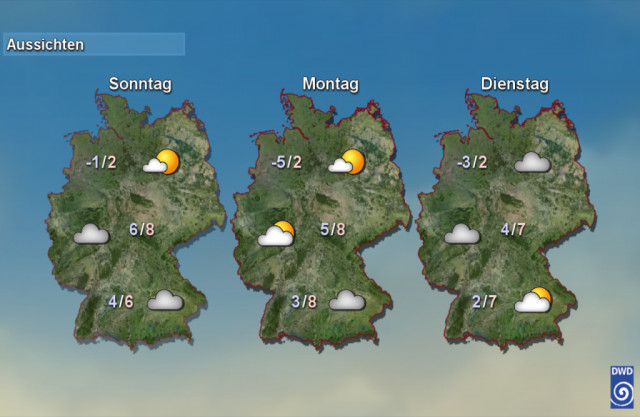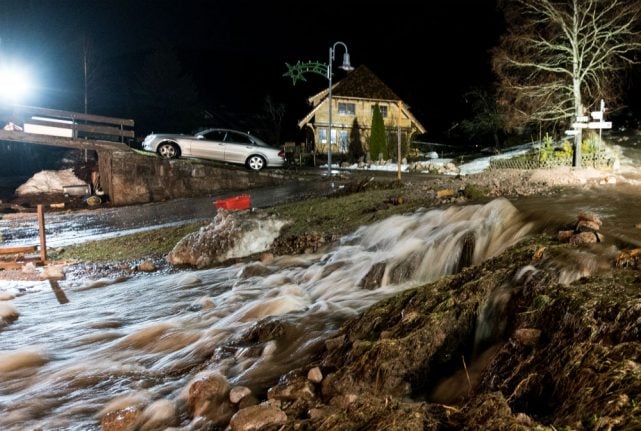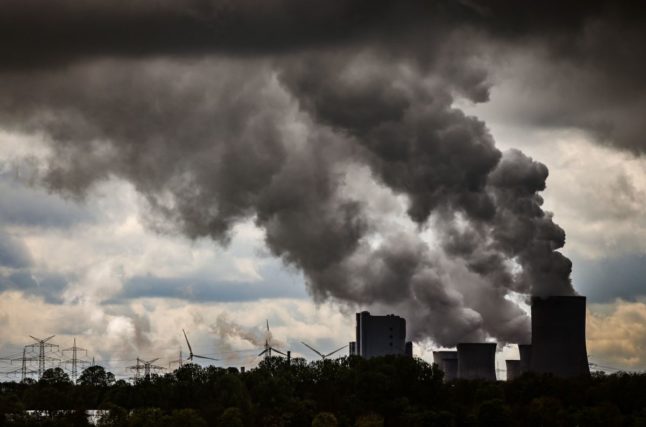The German Insurance Association (GDV) estimates that the storm’s strong winds and rain contributed to a little less than half a billion euros in damages across the country.
Early on Wednesday morning the storm hit the west of Germany, bringing along with it hurricane-like gusts of over 120 km/h. As meteorologists predicted it then headed south; in the Black Forest wind speeds measured at almost 160 km/h.
On Wednesday evening, the German Meteorological Service (DWD) lifted their warnings against hurricane-like winds, but stated that many regions could continue to face persistent rain.
By then, police had reported flooded roads and basements in various parts of the country, such as in Hanover and in the district of Hildesheim in Lower Saxony.
In the south, heavy rains kept emergency services busy into Thursday. According to police in Freiburg, there were floods and landslides. In the Waldshut district in Baden-Württemberg, around 100 residents had to evacuate as a safety precaution and were taken to a gymnasium. Most of them have now returned to their homes.
In other parts of Baden-Württemberg, the police mainly had to deal with flooded roads and several houses were threatened by landslides. DWD had expected 70 to 120 litres of rain per square metre in parts in the Black Forest and in the Allgäu region until Friday morning. In Bavaria, creeks reportedly broke their banks. Police said basements and garages in Lindau on Lake Constance were full with water.
On the Moselle River shipping traffic was stopped as well as on parts of the Neckar River. In the next few days, shipping on the Rhine River could also be affected. Flooded basements were reported from many regions in the state of Rhineland-Palatinate too.
As for the weather forecast over the coming days, continuous rainfall is expected in some areas on Saturday; the Rhine River and the Moselle River are predicted to rise even higher. Many smaller rivers could also overflow.
But by Sunday and Monday DWD expect the rain to cease as much of Germany will see cloudy skies at the weekend with moderate highs of between 1C and 5C in the north and 4C and 9C elsewhere.
 Image: DWD
Image: DWD




 Please whitelist us to continue reading.
Please whitelist us to continue reading.